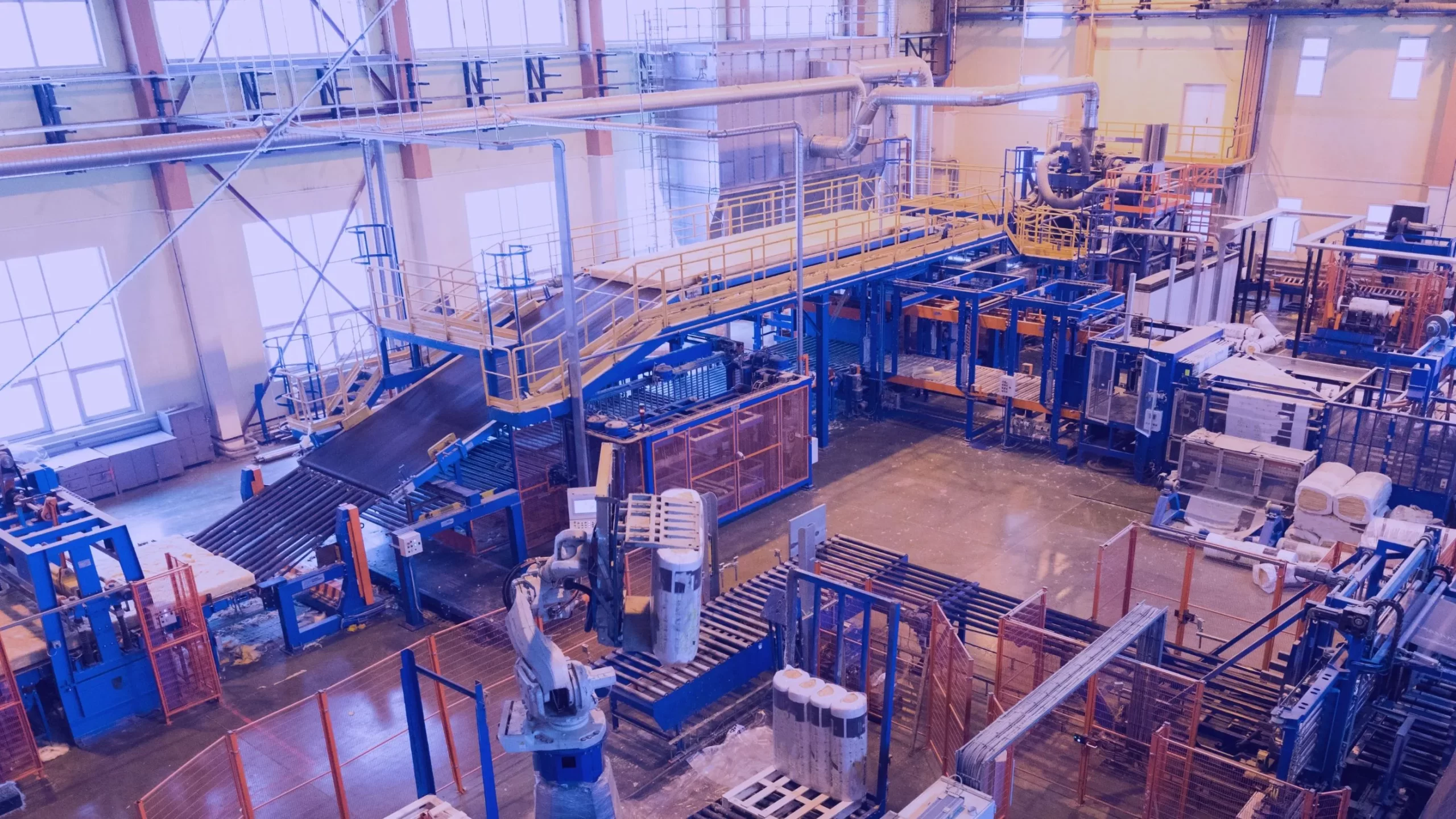As the manufacturing landscape continues to evolve, mergers and acquisitions (M&A) have become an essential strategy for companies pursuing growth and a viable path toward enhancing their competitive edge – not to mention – a way to rapidly adapt to shifting market dynamics.
Regardless of the industry or type of buyer, companies who leverage M&A as a value creating tool are able to leapfrog stages of slow – and often painful – organic growth.
In the current landscape, executives have focused on smaller deals in the lower middle and middle markets to drive strategic transformation and accelerate growth.
Will There Be a Surge in Manufacturing M&A?
The manufacturing sector is poised for an increase in M&A activity with current acquisition trends driven by industry consolidation, digital transformation, sustainability mandates, diversification initiatives and reshoring efforts to mitigate supply chain concerns.
Here are the top concerns regarding manufacturing M&A as we head into the second half of 2023.
- Industry Consolidation: Strengthening Competitiveness through Synergies
Industry consolidation stands as a prominent trend in the manufacturing sector, and it is expected to continue driving M&A activities well into the remainder of the year.
With rising research and development costs and intense market competition, companies are increasingly looking to merge with or acquire other firms to gain a competitive edge. Larger companies are actively seeking opportunities to acquire smaller, niche firms, allowing them to expand their offerings and increase market share. Successful M&A deals can help businesses reduce expenses, which increases efficiency, optimize investment usage, and achieve greater ROI.
Consolidation not only enables companies to leverage overhead resources, especially in a scarce labor market but also provides them with the scalability required for sustainable growth.
By combining their strengths, companies can streamline operations, improve efficiency, and capture synergies that contribute to enhanced profitability. Furthermore, consolidation offers access to new technologies, intellectual property, and talent, enabling companies to stay at the forefront of innovation.
- Embracing Digital Transformation: The Key to Manufacturing Success
Digital transformation has become a critical driver of M&A activity in the manufacturing sector. The COVID-19 pandemic accelerated the adoption of digital technologies, and manufacturing companies are now investing heavily in digital solutions to optimize their operations, increase productivity, and enhance competitiveness.
In 2023, M&A activities will be fueled by companies that have deep expertise in digital innovation and seek to acquire similar firms to leverage their technology know-how.
Digital transformation encompasses a wide range of technologies, including Internet of Things (IoT), artificial intelligence (AI), robotics, automation, data analytics, and cloud computing.
Implementing these technologies enables manufacturers to improve process efficiency, reduce costs, enhance product quality, and unlock new business models. Companies that successfully integrate digital capabilities through acquisitions gain a strategic advantage, improving their ability to adapt to market changes and meet customer demands.
- Sustainability & ESG: Meeting Environmental Expectations
Sustainable practices continue to be top-of-mind and a defining theme in the current and future landscape of M&A strategies and an important performance indicator for manufacturers and their customers. Consumers have increasingly become more environmentally conscious and will pay a higher price for products and services that align with their values and contribute to a sustainable future.
As a result, M&A activity in the manufacturing sector is increasingly being driven by companies looking to acquire sustainable technologies – and expertise – to improve their environmental performance, while reducing their carbon footprint, minimizing waste generation, and adopting greener production processes.
Acquiring firms with proven sustainability credentials allows companies to enhance their brand reputation, attract environmentally conscious customers, and comply with evolving regulatory requirements.
Despite criticism, according to recent reports environmental, social, and corporate governance (ESG) considerations have moved from regulatory requirements to genuine value drivers for dealmakers.
- Industry Diversification: Expanding Horizons for Growth
Industry diversification is a significant trend shaping M&A activities in the manufacturing sector. Many manufacturers are seeking opportunities to expand into related industries to diversify their revenue streams and reduce reliance on a single market.
Diversified industrial companies are revising their M&A strategies to pursue more deals that promote environmental and social goals and acquire firms in complementary sectors to broaden their offerings and increase market share.
Diversification allows manufacturers to tap into new customer segments, explore untapped markets, and leverage existing capabilities to enter adjacent industries. By expanding their product portfolios or entering new markets, companies can achieve a more balanced revenue mix and reduce exposure to market fluctuations. Acquiring firms in related industries also provides access to new technologies, distribution channels, and customer bases, fostering long-term growth and resilience.
- Reshoring: Mitigating Supply Chain Risks
The COVID-19 pandemic exposed the vulnerabilities of global supply chains, prompting many manufacturers to reevaluate their sourcing strategies. Reshoring, the process of relocating operations back to the home market or nearby regions, has gained momentum as a strategy to mitigate supply chain risks. Reshoring will continue to drive M&A as companies seek to acquire capacity in their domestic or regional markets.
Reshoring offers several advantages, including reduced transportation costs, shorter lead times, improved quality control, and increased flexibility.
By bringing production closer to their customers, manufacturers can respond more swiftly to market demands, minimize disruptions, and ensure product availability. Acquiring local or regional firms allows companies to establish a strong foothold in specific markets, capitalize on existing distribution networks, and forge closer relationships with customers.
M&A Brokers Help Entrepreneurs to Unlock Growth & Drive Value
As entrepreneurs venture into the second half of 2023, understanding these trends will be key to success when working with your advisory team.
Our expert team is dedicated to helping clients realize their financial goals. Schedule a discovery call with our team to learn how REAG can help you.




